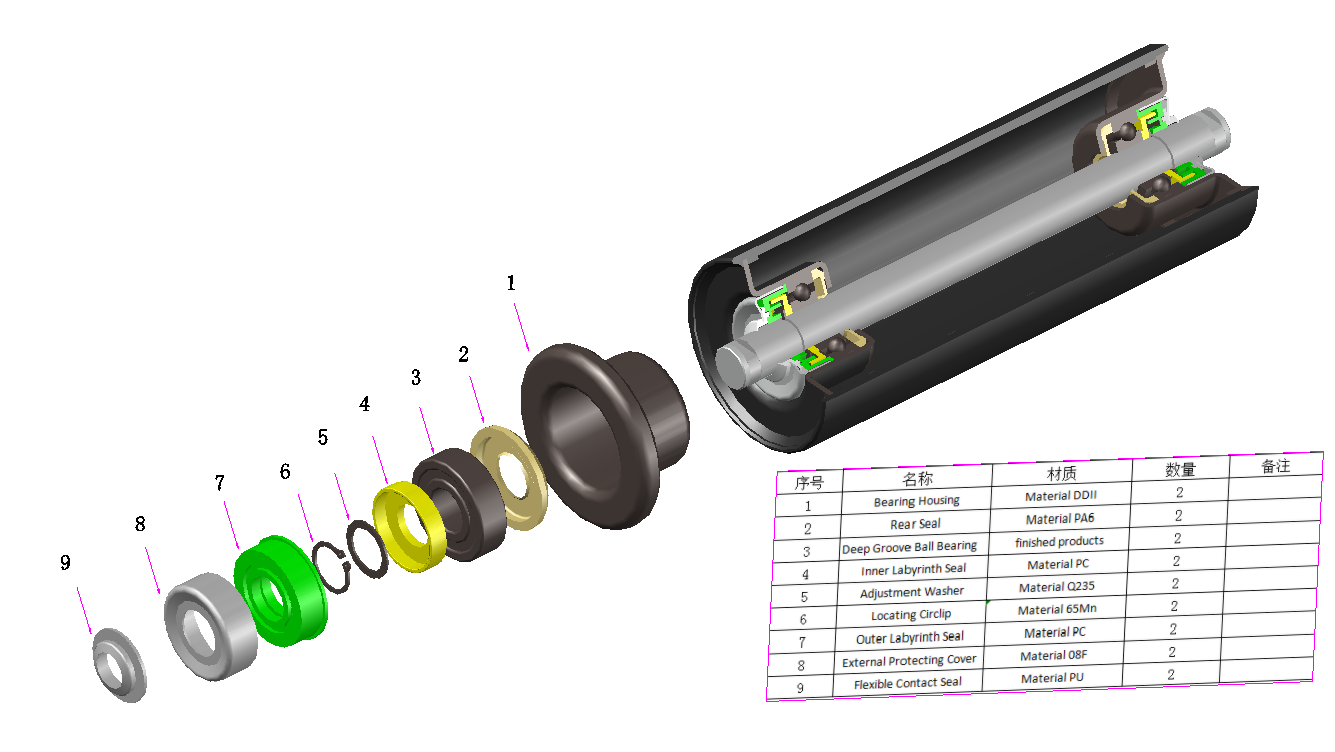 Afrikaans
Afrikaans  Albanian
Albanian  Amharic
Amharic  Arabic
Arabic  Armenian
Armenian  Azerbaijani
Azerbaijani  Basque
Basque  Belarusian
Belarusian  Bengali
Bengali  Bosnian
Bosnian  Bulgarian
Bulgarian  Catalan
Catalan  Cebuano
Cebuano  Corsican
Corsican  Croatian
Croatian  Czech
Czech  Danish
Danish  Dutch
Dutch  English
English  Esperanto
Esperanto  Estonian
Estonian  Finnish
Finnish  French
French  Frisian
Frisian  Galician
Galician  Georgian
Georgian  German
German  Greek
Greek  Gujarati
Gujarati  Haitian Creole
Haitian Creole  hausa
hausa  hawaiian
hawaiian  Hebrew
Hebrew  Hindi
Hindi  Miao
Miao  Hungarian
Hungarian  Icelandic
Icelandic  igbo
igbo  Indonesian
Indonesian  irish
irish  Italian
Italian  Japanese
Japanese  Javanese
Javanese  Kannada
Kannada  kazakh
kazakh  Khmer
Khmer  Rwandese
Rwandese  Korean
Korean  Kurdish
Kurdish  Kyrgyz
Kyrgyz  Lao
Lao  Latin
Latin  Latvian
Latvian  Lithuanian
Lithuanian  Luxembourgish
Luxembourgish  Macedonian
Macedonian  Malgashi
Malgashi  Malay
Malay  Malayalam
Malayalam  Maltese
Maltese  Maori
Maori  Marathi
Marathi  Mongolian
Mongolian  Myanmar
Myanmar  Nepali
Nepali  Norwegian
Norwegian  Norwegian
Norwegian  Occitan
Occitan  Pashto
Pashto  Persian
Persian  Polish
Polish  Portuguese
Portuguese  Punjabi
Punjabi  Romanian
Romanian  Russian
Russian  Samoan
Samoan  Scottish Gaelic
Scottish Gaelic  Serbian
Serbian  Sesotho
Sesotho  Shona
Shona  Sindhi
Sindhi  Sinhala
Sinhala  Slovak
Slovak  Slovenian
Slovenian  Somali
Somali  Spanish
Spanish  Sundanese
Sundanese  Swahili
Swahili  Swedish
Swedish  Tagalog
Tagalog  Tajik
Tajik  Tamil
Tamil  Tatar
Tatar  Telugu
Telugu  Thai
Thai  Turkish
Turkish  Turkmen
Turkmen  Ukrainian
Ukrainian  Urdu
Urdu  Uighur
Uighur  Uzbek
Uzbek  Vietnamese
Vietnamese  Welsh
Welsh  Bantu
Bantu  Yiddish
Yiddish  Yoruba
Yoruba  Zulu
Zulu Design and Functionality of Conveyor Wing Pulleys in Material Handling Systems
Understanding Conveyor Wing Pulleys An Essential Component in Material Handling
Conveyor systems are pivotal in various industries, facilitating the efficient transportation of materials. Among the critical components of these systems is the conveyor wing pulley, which plays a significant role in the functionality and efficiency of the conveyor belt. Understanding the design, operation, and benefits of conveyor wing pulleys can provide insights into their importance in material handling applications.
A conveyor wing pulley features a unique design, characterized by its wings or flanges that extend outward from the central hub. These wings are typically set at an angle and serve multiple purposes. First and foremost, they help maintain proper belt alignment by providing a supportive structure that guides the belt along its path. This alignment is crucial, as misalignment can lead to uneven wear, potential belt damage, and decreased operational efficiency.
One of the standout advantages of wing pulleys is their ability to reduce belt and component wear. Traditional solid pulleys tend to trap material between the belt and the pulley, leading to excessive wear. In contrast, the open design of a wing pulley allows debris and materials to fall away, minimizing the risk of accumulation. This not only extends the life of the conveyor belt but also decreases maintenance costs associated with frequent replacements.
conveyor wing pulley

In addition to reducing wear, conveyor wing pulleys are designed to enhance belt traction and grip. The wings create additional surface area, increasing friction and ensuring that the belt can handle heavier loads with stability. This improved traction is especially beneficial in inclined conveyors, where the risk of slippage is greater. As a result, industries such as mining, agriculture, and logistics can operate more efficiently and safely.
The installation of conveyor wing pulleys is straightforward, contributing to their wide acceptance in various sectors. They can be easily retrofitted into existing conveyor systems or incorporated into new designs. Their versatility extends to various applications, from transporting bulk materials to handling packaged goods.
Moreover, with advancements in materials and technology, wing pulleys are becoming increasingly durable. Manufacturers are now offering pulleys made from high-strength materials that resist corrosion and wear, enhancing their longevity and performance in harsh environments.
In conclusion, conveyor wing pulleys are a vital component of modern material handling systems. Their unique design not only enhances belt alignment and reduces wear but also improves traction and efficiency. As industries continue to seek ways to optimize their operations, the role of conveyor wing pulleys will remain indispensable, ensuring that materials are transported smoothly and effectively. Embracing this technology can lead to significant operational efficiencies and reduced costs, a necessity in today’s competitive landscape.
-
Revolutionizing Conveyor Reliability with Advanced Rubber Lagging PulleysNewsJul.22,2025
-
Powering Precision and Durability with Expert Manufacturers of Conveyor ComponentsNewsJul.22,2025
-
Optimizing Conveyor Systems with Advanced Conveyor AccessoriesNewsJul.22,2025
-
Maximize Conveyor Efficiency with Quality Conveyor Idler PulleysNewsJul.22,2025
-
Future-Proof Your Conveyor System with High-Performance Polyurethane RollerNewsJul.22,2025
-
Driving Efficiency Forward with Quality Idlers and RollersNewsJul.22,2025





























